Good day fellow investors. Sodexo stock is down, but it remains a very interesting choice for those hunting stable dividends with a touch of growth. Despite recent market pessimism, this food services giant still delivers daily value to millions and maintains a profitable business model. If you’re seeking reliable income streams and modest capital appreciation, sticking around through the current pullback might pay off in the long run.
Recent Performance and Shareholder Returns
The share price pullback stems largely from tempered enthusiasm around growth. Management executed a spin-off of PliX (formerly part of the employee benefits segment), returning €2 billion to shareholders as a special distribution. While that capital return is noteworthy, it alone doesn’t justify a 50–60 percent drop in the stock. Investors seem fixated on the latest quarterly numbers rather than the broader story of value creation.
Sodexo’s revenue growth decelerated from an anticipated 67 percent surge to just 3% organic growth year-over-year. The firm also trimmed its full-year growth guidance and cut profit forecasts slightly. Even with those revisions, the company remains in the black and continues to serve its core markets effectively. The bottom line: short-term projections got reset, but the underlying cash flows are still healthy.
Here’s the quick snapshot:
| Metric |
Value |
| Organic Growth (YoY) |
3% |
| PliX Spin-off Return |
€2 billion |
| Profit Guidance Revision |
Slightly down |
| Consumers Served Daily |
80 million |
| Dividend Yield |
5% |
Core Business Breakdown
At its heart, Sodexo is a Food services powerhouse. The company operates cafeterias, restaurants, catering lines and contract food services across corporate campuses, schools, universities and healthcare facilities. It’s the unseen food partner to many workplaces and institutions, weaving convenience and nutrition into daily routines.
Beyond meal preparation, the group offers Facilities management, handling everything from cleaning to maintenance. That predictable revenue stream cushions the business against food-only volatility. Additionally, prior to the PliX spin-off, Sodexo’s Employee benefits and rewards segment provided card-based perks and voucher programs—another sticky revenue source now operating independently.
| Business Segment |
Description |
| Food services |
Catering, cafeterias, restaurants for corporate, education, healthcare |
| Facilities management |
Cleaning, maintenance, technical services |
| Employee benefits (pre-spin-off) |
Vouchers, rewards platforms for corporate clients |
| PliX Spin-off Value |
€2 billion distribution to shareholders |
Ownership and Capital Allocation
The founding family remains the largest shareholder, reinforcing their faith by supporting share buybacks. In the latest program, they earmarked €100 million to purchase stock and boost ownership stakes. That move signals confidence in Sodexo’s strategy and prospects, even as external sentiment wavers.
On the dividend front, management has delivered consistent quarterly payments for years. They recently wrapped up any special interim distributions tied to disposals and reverted to the core 5% yield. For income-focused portfolios, that trumps many fixed-income alternatives in today’s low-rate environment.
Why the Pullback?
Investors reacted swiftly when Sodexo trimmed its top-line and margin targets. A lower growth forecast triggered selling pressure, compounded by concerns over operating margin headwinds. In many cases, if a stock doesn’t rise on the first day of earnings, traders simply move on, intensifying the slide.
Yet these swings often overshoot the fundamentals. Sodexo isn’t in distress—it’s a slow and steady grower. Over the past decade, it navigated recessions, pandemics and supply-chain snarls while expanding its footprint. The current dip reflects impatience more than underlying deterioration.
| Headline Issue |
Impact |
| Guidance reduction |
Short-term sell-off |
| Operating margin pressure |
Lower profit expectations |
| Market impatience |
Quick trimming of positions |
| Long-term trend |
Consistent expansion over time |
Profitability and Strategic Moves
Even with a slight net income hit from discontinued operations, Sodexo’s cash-flow profile remains strong. They’ve selectively pursued acquisitions to deepen service offerings, while pruning non-core assets to concentrate on high-return segments. That disciplined approach underpins both operational resilience and dividend coverage.
In the latest quarter, divesting PliX as a dividend in kind cleared non-core complexity and boosted the balance sheet. Going forward, management is focused on integrating recent buys, streamlining costs and defending margins against inflationary pressures. Profitability may ebb and flow, but the long-term trend supports reliable payouts.
Dividend Strategy and Total Returns
One of Sodexo’s hallmarks is a long track record of dividend growth and stability. While there are no more surprise interim distributions, the current dividend track record gives investors clarity on expected income. At a 5% yield coupled with 3% growth, total returns land around 8% in a typical year.
For many retirees or conservative portfolios, that blend is compelling—especially if you can purchase shares in a more pessimistic market. Over time, reinvesting dividends can compound wealth significantly, turning modest yields into meaningful income streams.
| Return Component |
Rate |
| Dividend Yield |
5% |
| Expected Growth |
3% |
| Estimated Total Return |
8% |
| Investor’s Target |
≥ 10% |
Outlook and Investment Thesis
Looking ahead, Sodexo should rebound when global consumption normalizes and growth guidance stabilizes. With 80 million consumers served daily, the firm’s scale is a powerful moat. Margin optimization initiatives and selective M&A can drive incremental profit improvements.
That said, this isn’t a high-octane growth story. If you need double-digit returns right now, you may find the pace too sluggish. But for investors prioritizing dividend stability and proven resilience through economic cycles, this pullback presents a buying opportunity.
Based on the current valuation, cash-flow outlook and dividend strength, the prudent stance is to hold the stock. If you haven’t yet built a position, consider averaging in during periods of market pessimism.
Recommendation: hold
Here are 5 similar companies to check out!
| Company Name |
Symbol |
Why It’s Better Than SDXOF |
| Aramark Investor Relations |
ARMK |
Delivers higher operating margins through uniform and facilities services, boasts lower leverage and a faster dividend growth rate than Sodexo. |
| Sysco Investor Relations |
SYY |
Operates the largest food‐distribution network in North America, generates more consistent free cash flow, and passes inflationary costs through to customers. |
| Compass Group PLC Investor Relations |
CPG.L |
Commands higher operating margins in global catering, benefits from stronger growth in emerging markets, and has a more diversified geography than Sodexo. |
| ISS A/S Investor Relations |
ISS.CO |
Offers a broader suite of services (security, cleaning, technical) for a smoother revenue base, and its transition to a pure-service model has boosted returns. |
| Elior Group Investor Relations |
ELIOR.PA |
Recent balance-sheet de-leveraging and North American expansion drive higher organic growth, and its lean cost structure yields better margin upside. |
https://youtu.be/4-voGWYk-VE?si=rJBh_7izp7DJiYKc
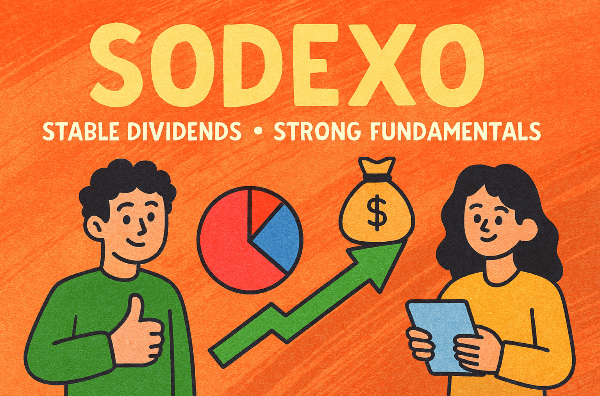

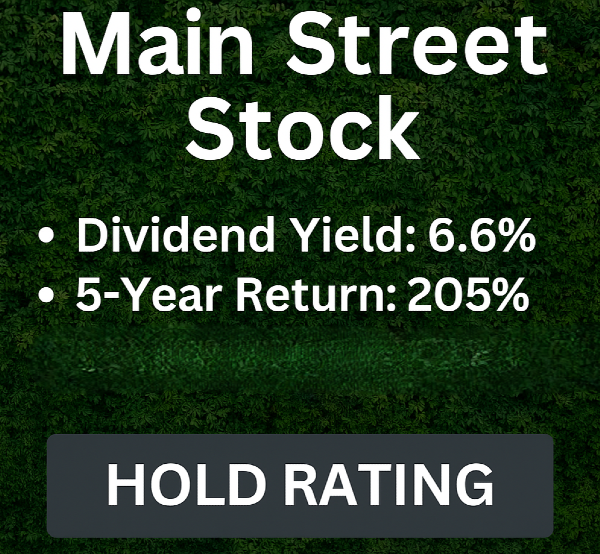
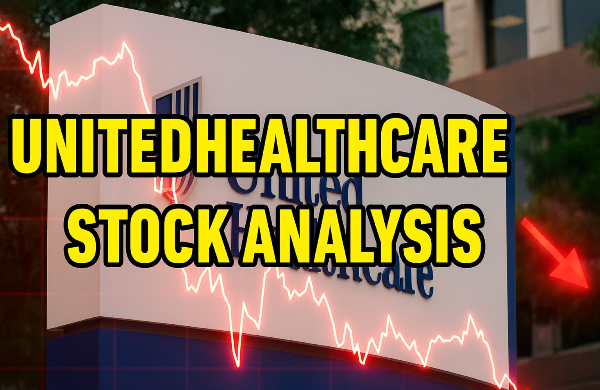

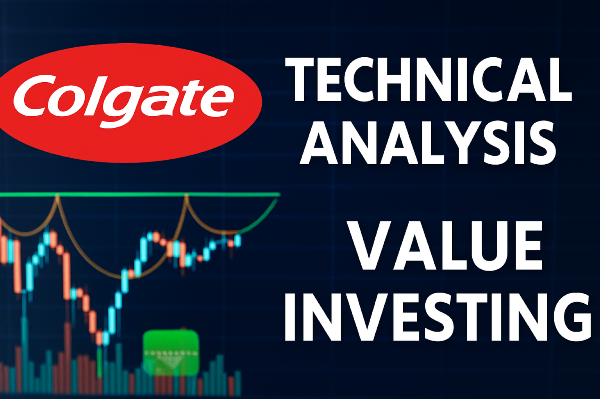
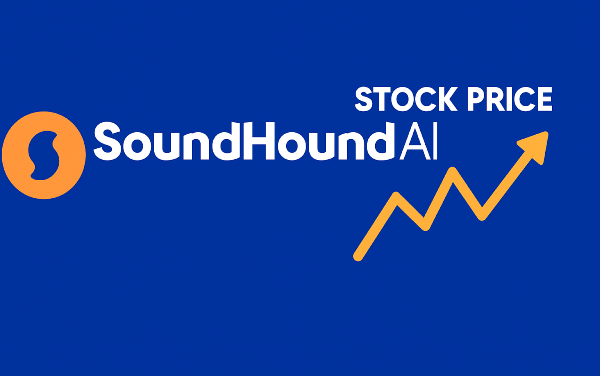

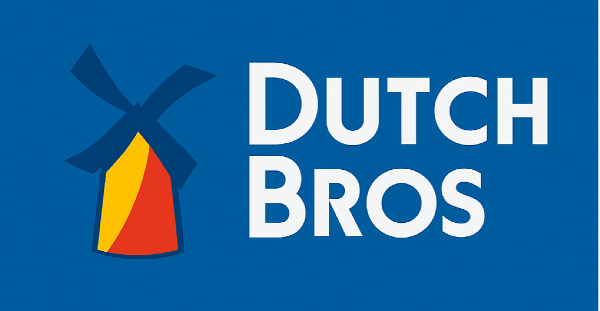
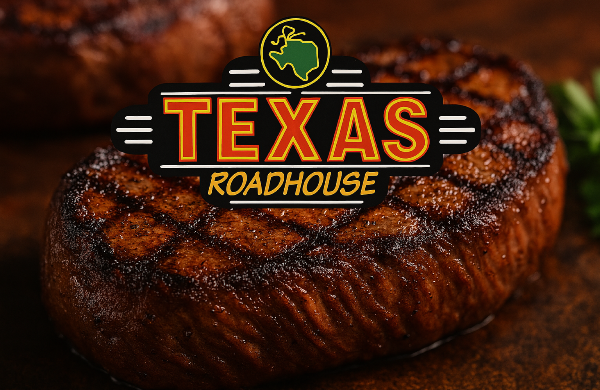
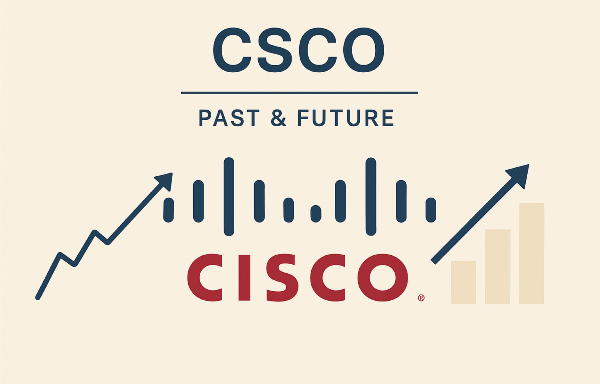
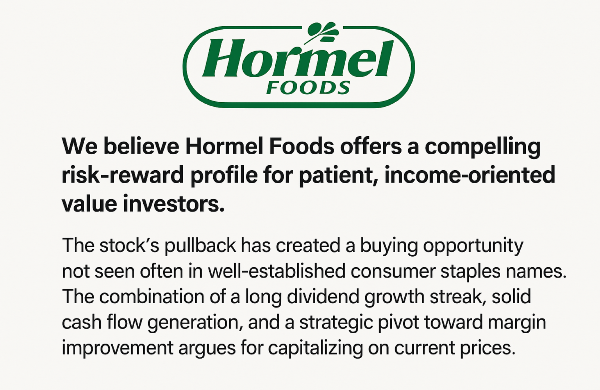
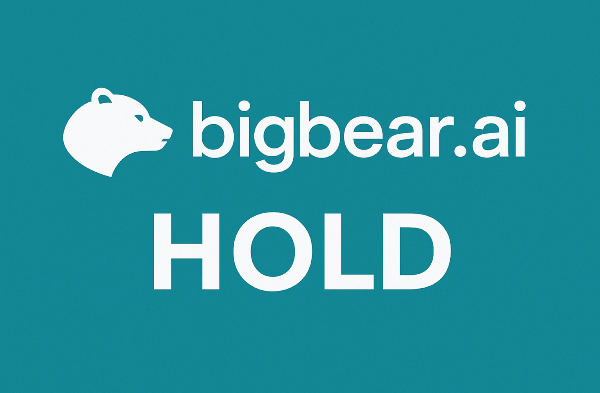


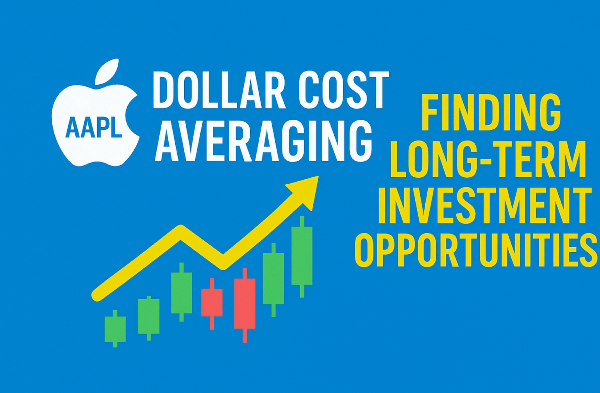

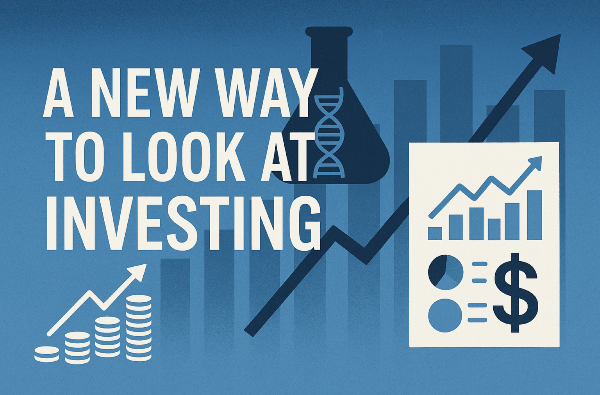


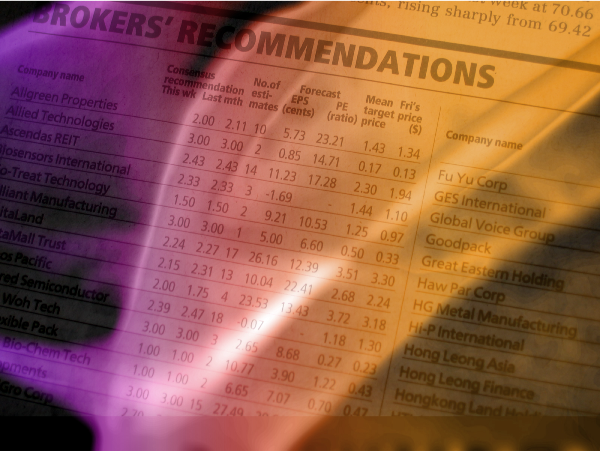









Good day fellow investors. Sodexo stock is down, but it remains a very interesting choice for those hunting stable dividends with a touch of growth. Despite recent market pessimism, this food services giant still delivers daily value to millions and maintains a profitable business model. If you’re seeking reliable income streams and modest capital appreciation, sticking around through the current pullback might pay off in the long run.
Recent Performance and Shareholder Returns
The share price pullback stems largely from tempered enthusiasm around growth. Management executed a spin-off of PliX (formerly part of the employee benefits segment), returning €2 billion to shareholders as a special distribution. While that capital return is noteworthy, it alone doesn’t justify a 50–60 percent drop in the stock. Investors seem fixated on the latest quarterly numbers rather than the broader story of value creation.
Sodexo’s revenue growth decelerated from an anticipated 67 percent surge to just 3% organic growth year-over-year. The firm also trimmed its full-year growth guidance and cut profit forecasts slightly. Even with those revisions, the company remains in the black and continues to serve its core markets effectively. The bottom line: short-term projections got reset, but the underlying cash flows are still healthy.
Here’s the quick snapshot:
Core Business Breakdown
At its heart, Sodexo is a Food services powerhouse. The company operates cafeterias, restaurants, catering lines and contract food services across corporate campuses, schools, universities and healthcare facilities. It’s the unseen food partner to many workplaces and institutions, weaving convenience and nutrition into daily routines.
Beyond meal preparation, the group offers Facilities management, handling everything from cleaning to maintenance. That predictable revenue stream cushions the business against food-only volatility. Additionally, prior to the PliX spin-off, Sodexo’s Employee benefits and rewards segment provided card-based perks and voucher programs—another sticky revenue source now operating independently.
Ownership and Capital Allocation
The founding family remains the largest shareholder, reinforcing their faith by supporting share buybacks. In the latest program, they earmarked €100 million to purchase stock and boost ownership stakes. That move signals confidence in Sodexo’s strategy and prospects, even as external sentiment wavers.
On the dividend front, management has delivered consistent quarterly payments for years. They recently wrapped up any special interim distributions tied to disposals and reverted to the core 5% yield. For income-focused portfolios, that trumps many fixed-income alternatives in today’s low-rate environment.
Why the Pullback?
Investors reacted swiftly when Sodexo trimmed its top-line and margin targets. A lower growth forecast triggered selling pressure, compounded by concerns over operating margin headwinds. In many cases, if a stock doesn’t rise on the first day of earnings, traders simply move on, intensifying the slide.
Yet these swings often overshoot the fundamentals. Sodexo isn’t in distress—it’s a slow and steady grower. Over the past decade, it navigated recessions, pandemics and supply-chain snarls while expanding its footprint. The current dip reflects impatience more than underlying deterioration.
Profitability and Strategic Moves
Even with a slight net income hit from discontinued operations, Sodexo’s cash-flow profile remains strong. They’ve selectively pursued acquisitions to deepen service offerings, while pruning non-core assets to concentrate on high-return segments. That disciplined approach underpins both operational resilience and dividend coverage.
In the latest quarter, divesting PliX as a dividend in kind cleared non-core complexity and boosted the balance sheet. Going forward, management is focused on integrating recent buys, streamlining costs and defending margins against inflationary pressures. Profitability may ebb and flow, but the long-term trend supports reliable payouts.
Dividend Strategy and Total Returns
One of Sodexo’s hallmarks is a long track record of dividend growth and stability. While there are no more surprise interim distributions, the current dividend track record gives investors clarity on expected income. At a 5% yield coupled with 3% growth, total returns land around 8% in a typical year.
For many retirees or conservative portfolios, that blend is compelling—especially if you can purchase shares in a more pessimistic market. Over time, reinvesting dividends can compound wealth significantly, turning modest yields into meaningful income streams.
Outlook and Investment Thesis
Looking ahead, Sodexo should rebound when global consumption normalizes and growth guidance stabilizes. With 80 million consumers served daily, the firm’s scale is a powerful moat. Margin optimization initiatives and selective M&A can drive incremental profit improvements.
That said, this isn’t a high-octane growth story. If you need double-digit returns right now, you may find the pace too sluggish. But for investors prioritizing dividend stability and proven resilience through economic cycles, this pullback presents a buying opportunity.
Based on the current valuation, cash-flow outlook and dividend strength, the prudent stance is to hold the stock. If you haven’t yet built a position, consider averaging in during periods of market pessimism.
Recommendation: hold
https://youtu.be/4-voGWYk-VE?si=rJBh_7izp7DJiYKc